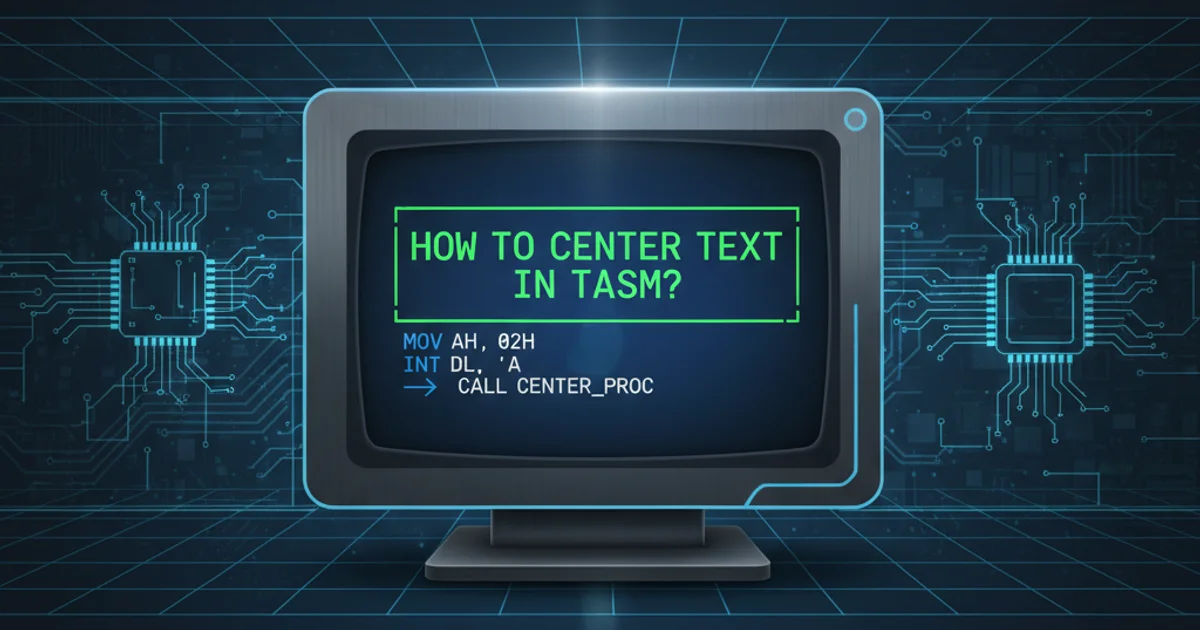How to reload a chrome extension automatically?
Categories:
Automate Chrome Extension Reloads for Faster Development

Learn how to automatically reload your Google Chrome extension during development, saving time and streamlining your workflow with various techniques.
Developing Google Chrome extensions often involves frequent code changes and manual reloading to see the effects. This repetitive task can significantly slow down your development cycle. Fortunately, several methods exist to automate this process, allowing your extension to reload automatically whenever you modify its files. This article will explore popular techniques, from manifest-based solutions to custom scripts, helping you choose the best approach for your workflow.
Method 1: Using the Chrome Extension API (Manifest V3)
For Manifest V3 extensions, the chrome.runtime.reload() API call can be triggered from your background script. This method is particularly useful when you want to programmatically control when your extension reloads, for example, after a specific event or configuration change. However, for automatic reloading on file changes, you'll typically combine this with a file watcher.
// background.js
// Example of programmatic reload
function reloadExtension() {
chrome.runtime.reload();
}
// In a real scenario, you'd trigger this based on a file change event
// For instance, a message from a content script or a long-running background task
// that detects changes.
// For development, you might manually call this from the console:
// chrome.runtime.reload();
Basic chrome.runtime.reload() usage in a background script.
chrome.runtime.reload() is powerful, it's often paired with a build tool or file watcher in development to detect changes and then trigger the reload programmatically.Method 2: Leveraging a File Watcher with chrome.runtime.reload()
The most common and efficient way to achieve automatic reloading is by using a file watcher in conjunction with chrome.runtime.reload(). A file watcher (like nodemon for Node.js projects, or built-in watchers in bundlers like Webpack/Rollup) monitors your extension's source files for changes. When a change is detected, it can execute a script that sends a message to your extension's background script, prompting it to reload.
sequenceDiagram
participant Dev as Developer
participant FS as File System
participant FW as File Watcher
participant BS as Background Script
participant Chrome as Chrome Browser
Dev->>FS: Edits extension files
FS-->>FW: File change detected
FW->>BS: Sends 'reload' message (via WebSocket/long-lived connection)
BS->>Chrome: Calls chrome.runtime.reload()
Chrome->>BS: Reloads extension
BS->>FW: (Optional) Acknowledges reload
FW->>Dev: (Optional) Notifies of reloadSequence diagram for automatic extension reloading using a file watcher.
Here's a simplified example using Node.js and a basic WebSocket server to trigger the reload. This setup requires a small server running alongside your development environment.
server.js (Node.js)
const WebSocket = require('ws'); const chokidar = require('chokidar');
const wss = new WebSocket.Server({ port: 8080 });
wss.on('connection', ws => {
console.log('Client connected');
ws.on('message', message => {
console.log(Received: ${message});
});
ws.send('Connected to reload server');
});
// Watch for changes in your extension's source directory
chokidar.watch('./src').on('change', (path) => {
console.log(File ${path} has been changed. Reloading extensions...);
wss.clients.forEach(client => {
if (client.readyState === WebSocket.OPEN) {
client.send('reload');
}
});
});
console.log('WebSocket server started on port 8080');
background.js (Extension)
let ws;
function connectWebSocket() { ws = new WebSocket('ws://localhost:8080');
ws.onopen = () => { console.log('Connected to reload server'); };
ws.onmessage = (event) => { if (event.data === 'reload') { console.log('Reload command received. Reloading extension...'); chrome.runtime.reload(); } };
ws.onclose = () => { console.log('Disconnected from reload server. Attempting to reconnect in 3 seconds...'); setTimeout(connectWebSocket, 3000); };
ws.onerror = (error) => { console.error('WebSocket error:', error); ws.close(); }; }
// Only connect in development mode if (chrome.runtime.id) { // Simple check to ensure it's running in Chrome connectWebSocket(); }
Method 3: Using a Dedicated Development Extension
Some developers prefer to use a separate, dedicated Chrome extension (or a feature within their build tools) that specifically handles reloading other extensions. These tools often provide a more integrated experience, sometimes even offering live-reloading for content scripts and CSS without a full extension reload.
Popular tools and approaches include:
- Webpack Dev Server with Hot Module Replacement (HMR): While primarily for web apps, HMR can be configured for extensions to hot-reload parts of your code without a full extension reload, especially for content scripts and UI components.
chrome-extension-reloader(NPM package): This package provides a simple way to reload your extension from the command line or as part of a build script.- Custom Gulp/Grunt tasks: If you're using task runners, you can write custom tasks to watch files and trigger reloads.
1. Set up your project
Ensure your extension project is structured with a clear source directory (e.g., src/).
2. Install dependencies
For the WebSocket example, install ws and chokidar: npm install ws chokidar.
3. Run the server
Start your Node.js server (e.g., node server.js) in a separate terminal.
4. Load the extension
Load your extension in Chrome's chrome://extensions page in 'Developer mode'.
5. Modify and observe
Make changes to your extension's source files and observe the automatic reload in Chrome.